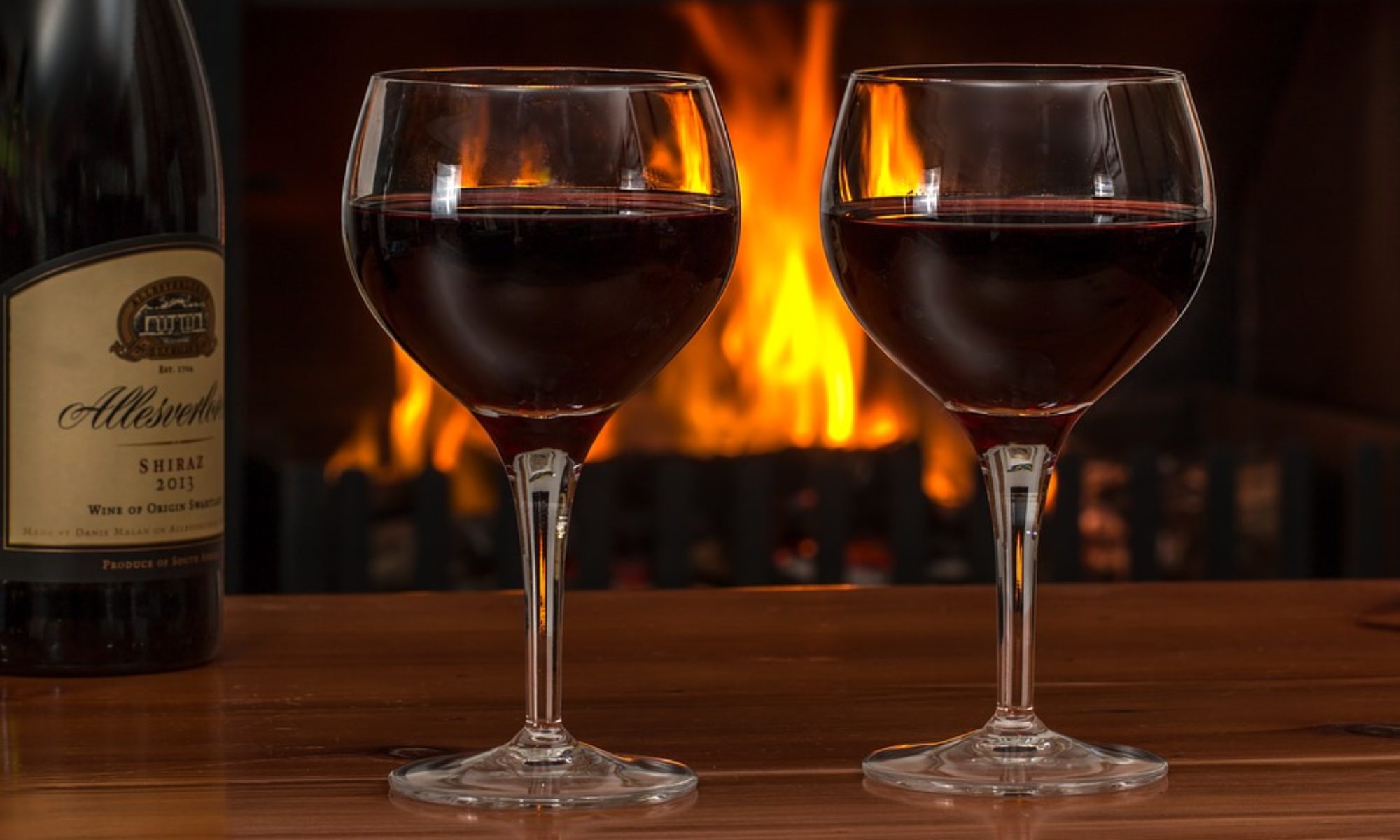The Lugana Doc Consortium and Its Wines
By Elena Vairani
Lugana is the name of a magical land nestled within the ancient Quadrilateral defence system of the Lake Garda region, bordered by Sirmione and Pozzolengo north and south, Desenzano and Peschiera del Garda east and west (with Lonato del Garda being the firth town). The Lugana wine region encompasses two provinces (Brescia and Verona) and two regions (Lombardy and Veneto) in the morainic plain south of Lake Garda. The white, refined lakeshore native known as Lugana has an illustrious pedigree: although its origin was certified in the 1700′, the viticultural heritage of the area traces back to the Roman Empire. Its unique qualities originate from the beneficial microclimate of the lake, the local clay soil, and a particular variety of grapes named “turbiana” that make it full-bodied, age worthy, and grant it a floral and citrus bouquet. Today Lugana is one of the best-selling Italian wines on the market.
The Trebbiano grapes
Althought production standards foresee the presence of complementary varieties of non-aromatic white grape at a ratio of 10%, today winemakers in the area tend to make Lugana only and exclusively with trebbiano grapes.
This purist approach is possible thanks to a vine that proved to derive from this terroir resources beyond belief for any variety of Trebbiano. The current production standards include five different types of Lugana wine: the basic version, Superior, Reserve, Vendemmia Tardiva (late harvest) and Spumante.
Different types of Lugana wines
The basic Lugana is the driving force behind the entire appellation, its keystone, the quality control gauge for the appellation area: its production range covers almost 90% of the Doc. It’s colour is light straw-yellow with green re- flexes; its aroma is a delicate, subtle mix of floral and almond notes; its taste is harmonious, rich, defined, tight and luscious.
The Lugana Superiore was officially introduced in 1998, and in order to bear this label the wine must age or mature for at least one year after the grapes are harvested. Its profile is more variegated and complex: the colour has a more golden reflexes, with more articulated aromas, hints of wild herbs, chlorophyll, ripe apple, citrus (primarily mandarin), mixed with notes of filbert nuts or spices from the wood used in the aging process (ever less new and green these days, with greater capacity); its mouth feel has greater structure, supported by lively yet supple acidity crossed with a hint of minerals that confer to the wine a very subtle and intriguing “saltiness”.
The Lugana Riserva, introduced with the last revision of the production standards in 2011, is the natural evolution of the Superior: it must age or mature for at least 24 months, 6 of which in a bottle, has brighter colours, more evolved and complex aromas with smoky notes and balsamic reflexes, warmer mineral notes on the palate but otherwise just as enveloping, luscious, and persistent.
First introduced by the standards in 1975 the Spumante version represents a consolidated tradition instead. Today Lugana Spumante is produced using both the Charmat or Martinotti method – autoclave refermentation- and the classic method – bottle refermentation. In the first case, the organoleptic profile is simpler and crisp, with primary notes of citrus and a creamier, more luscious perlage, while in the second is more refined and complex, with a more elegant and dynamic bouquet and a more graceful, crackling perlage.
If you’re interested in Lugana wines, please contact us or visit our website.
Visit our website and you can find a selection of the best Italian wines: http://www.vinitaltour.com
Article Source: http://EzineArticles.com/expert/Elena_Vairani/2430666
http://EzineArticles.com/?The-Lugana-Doc-Consortium-and-Its-Wines&id=9733008
